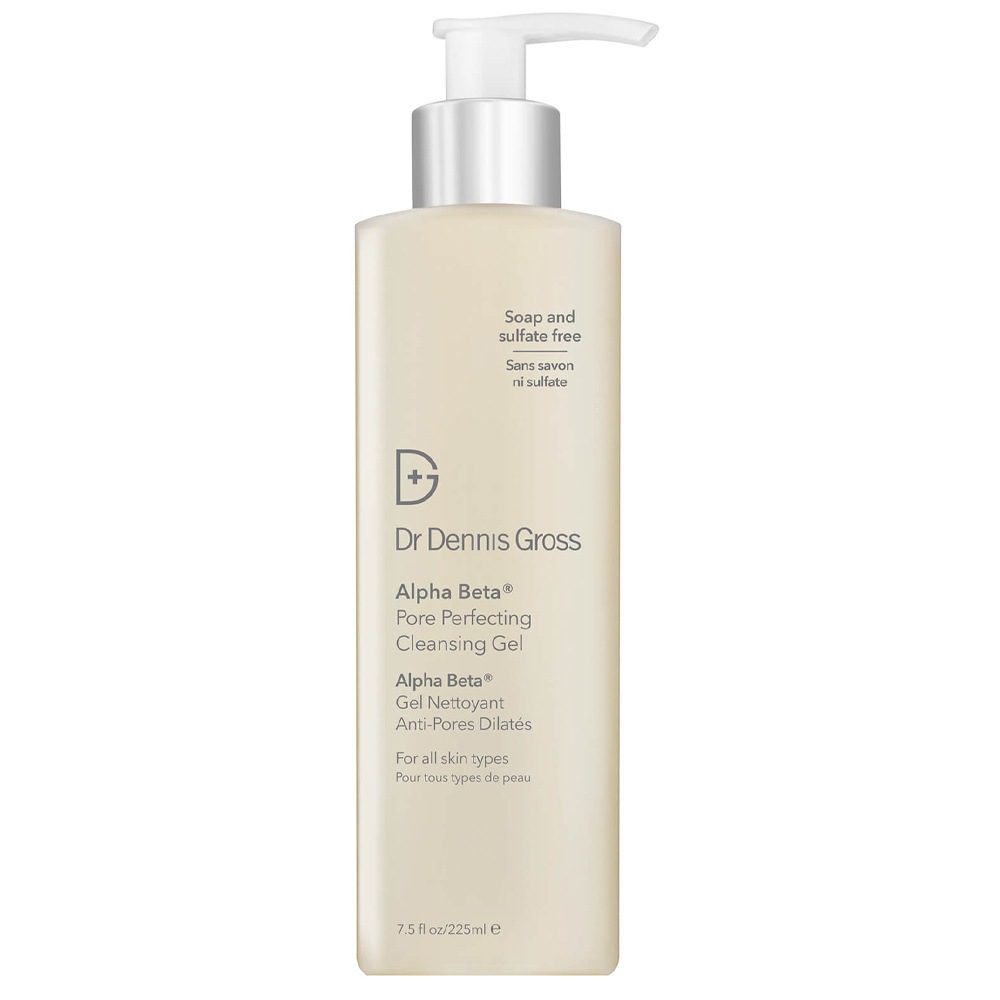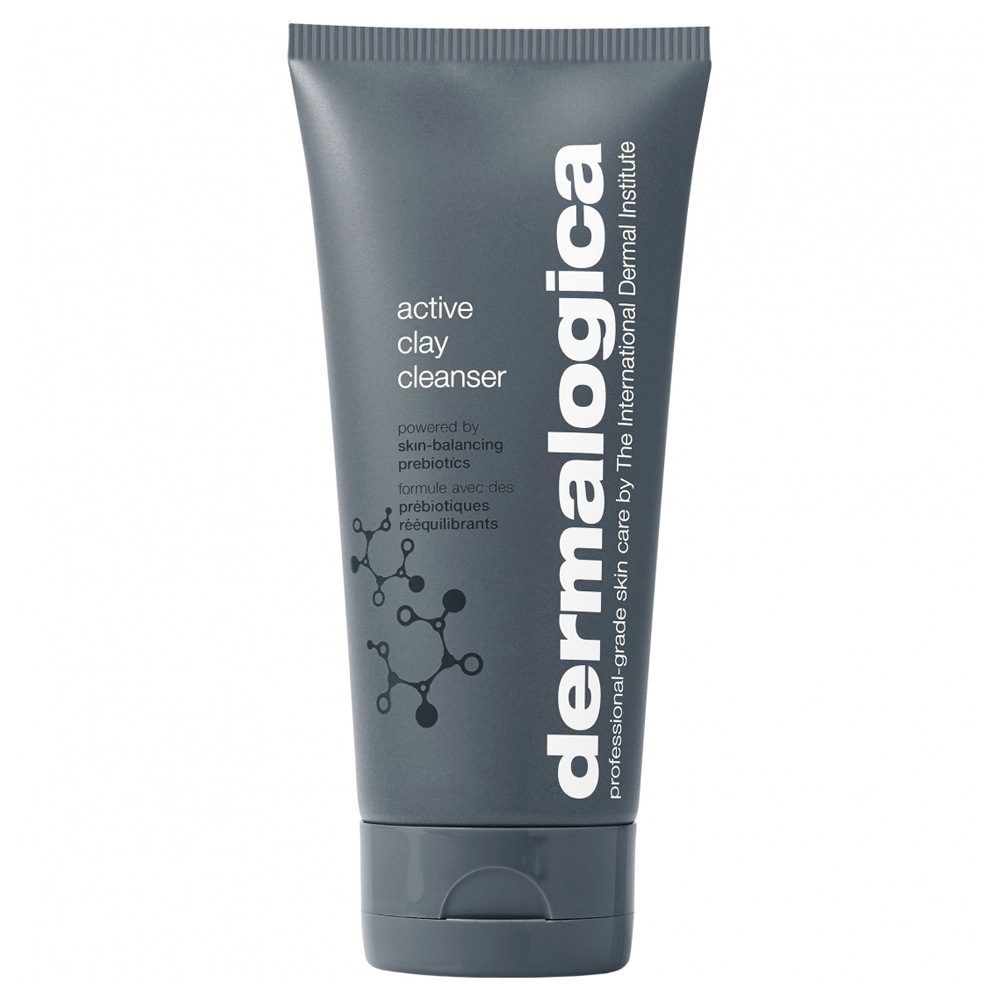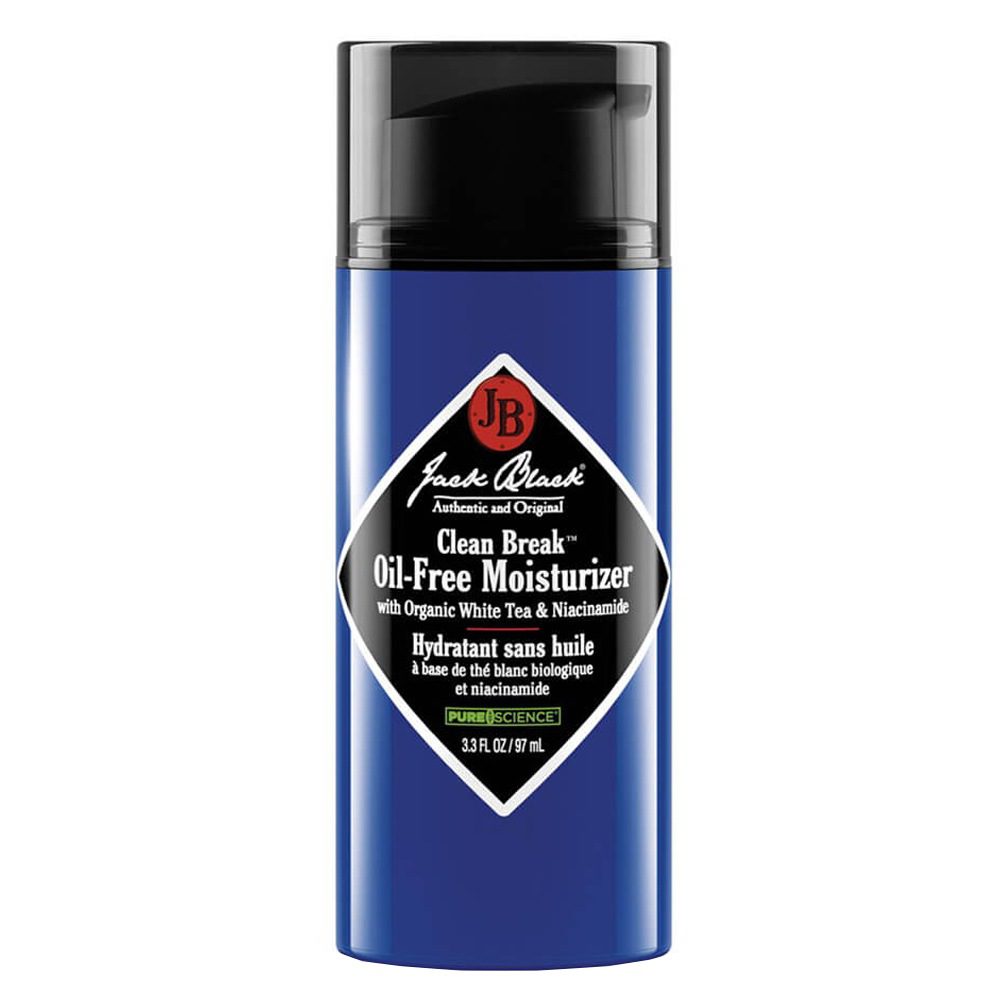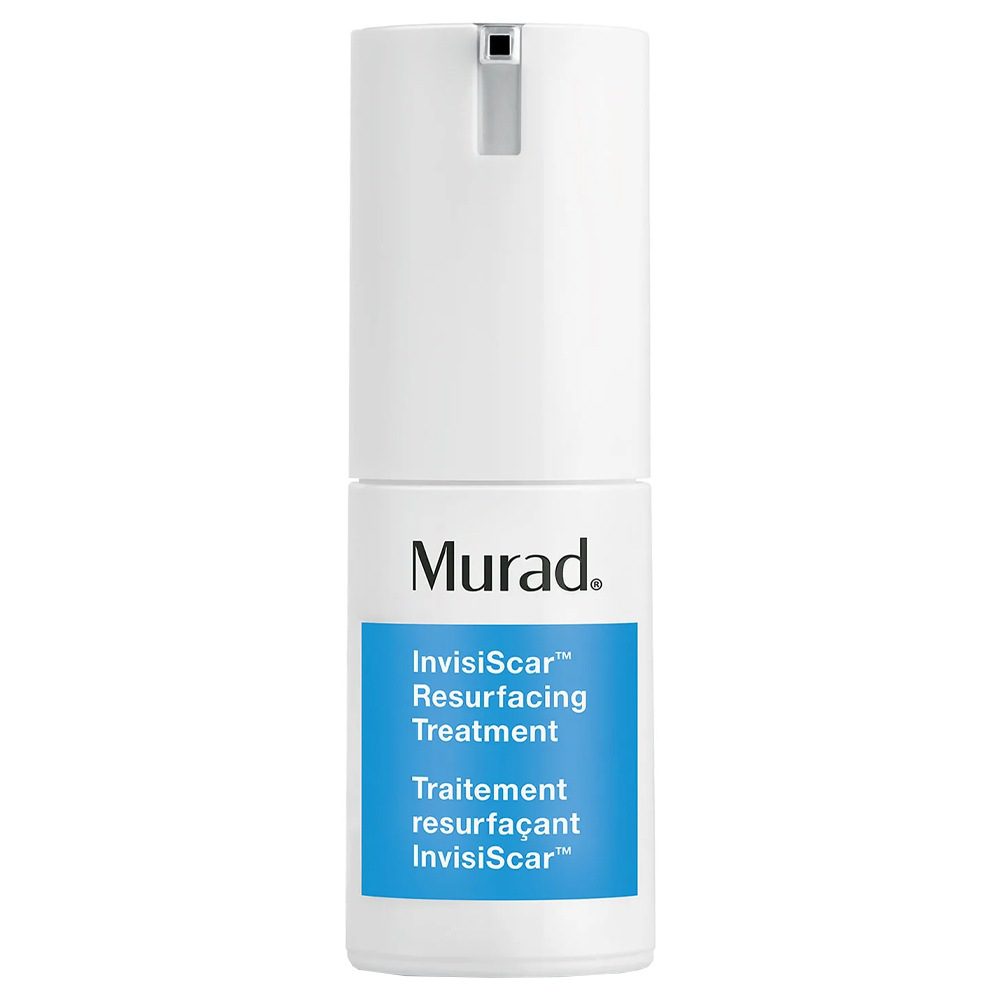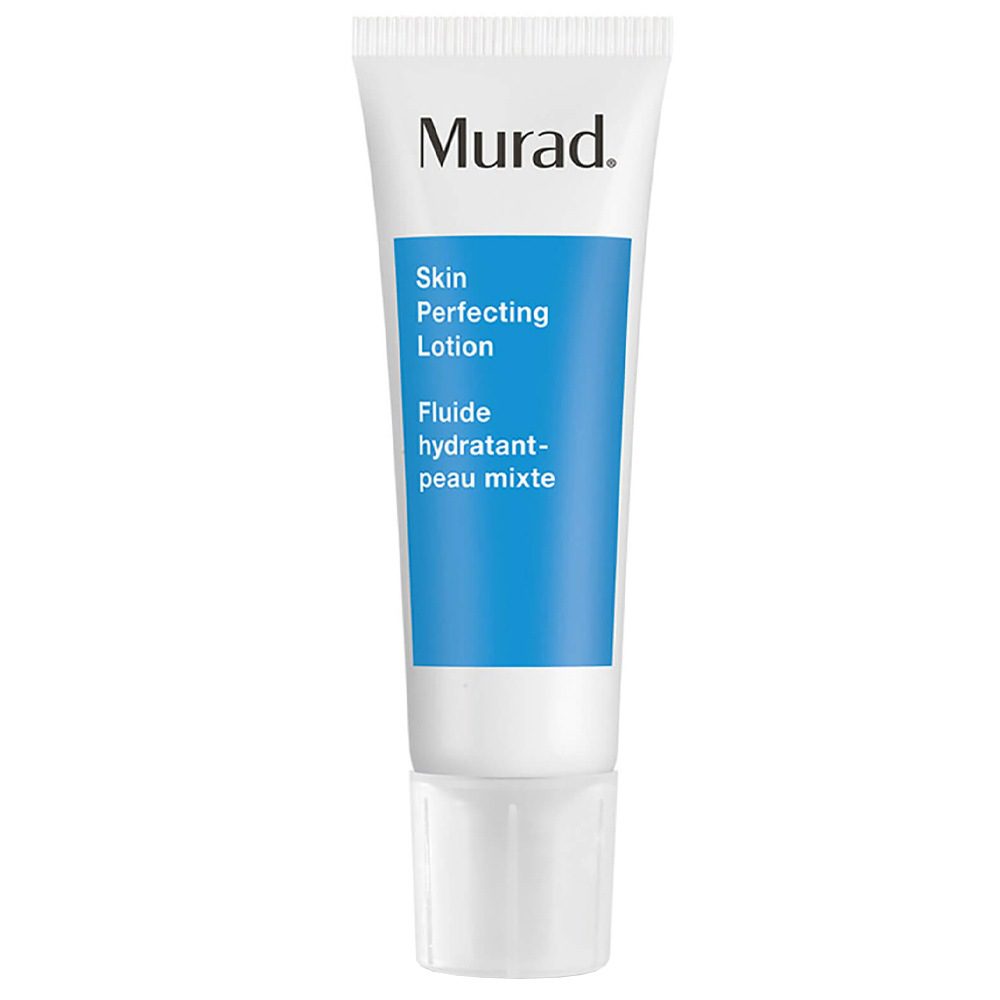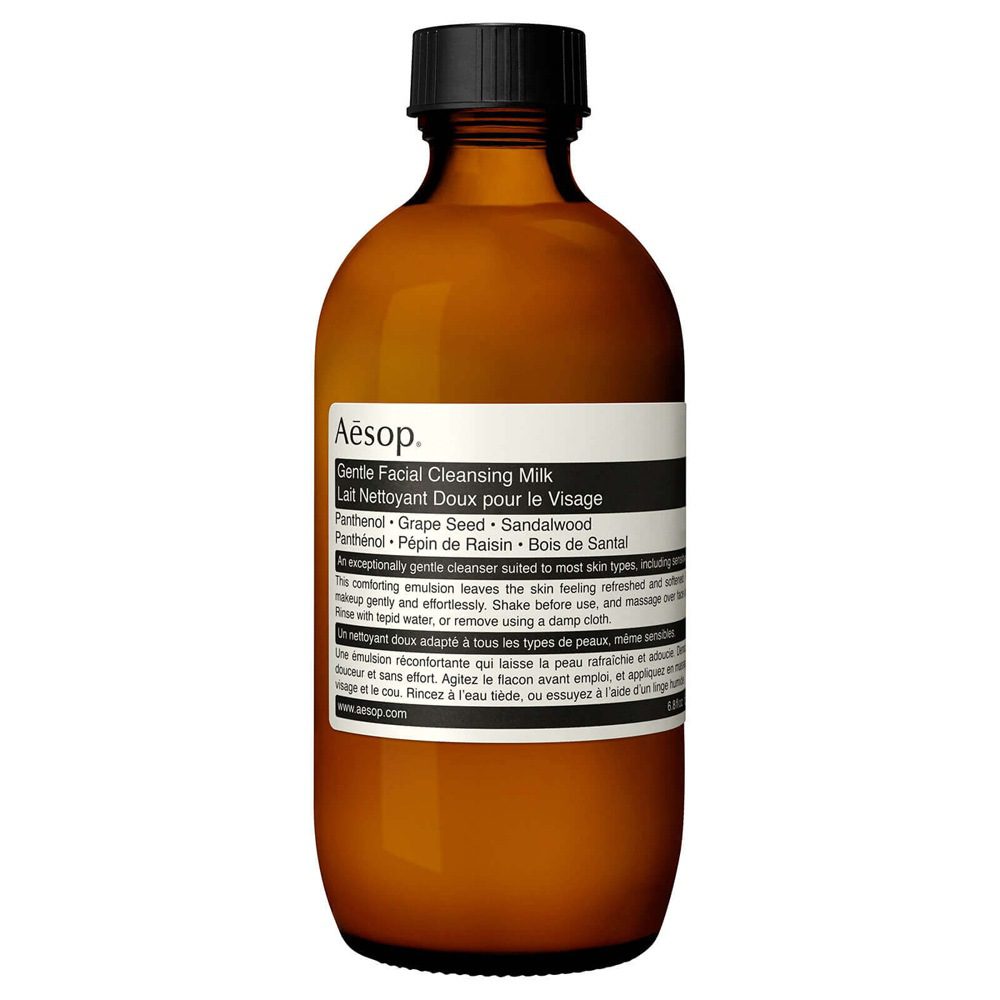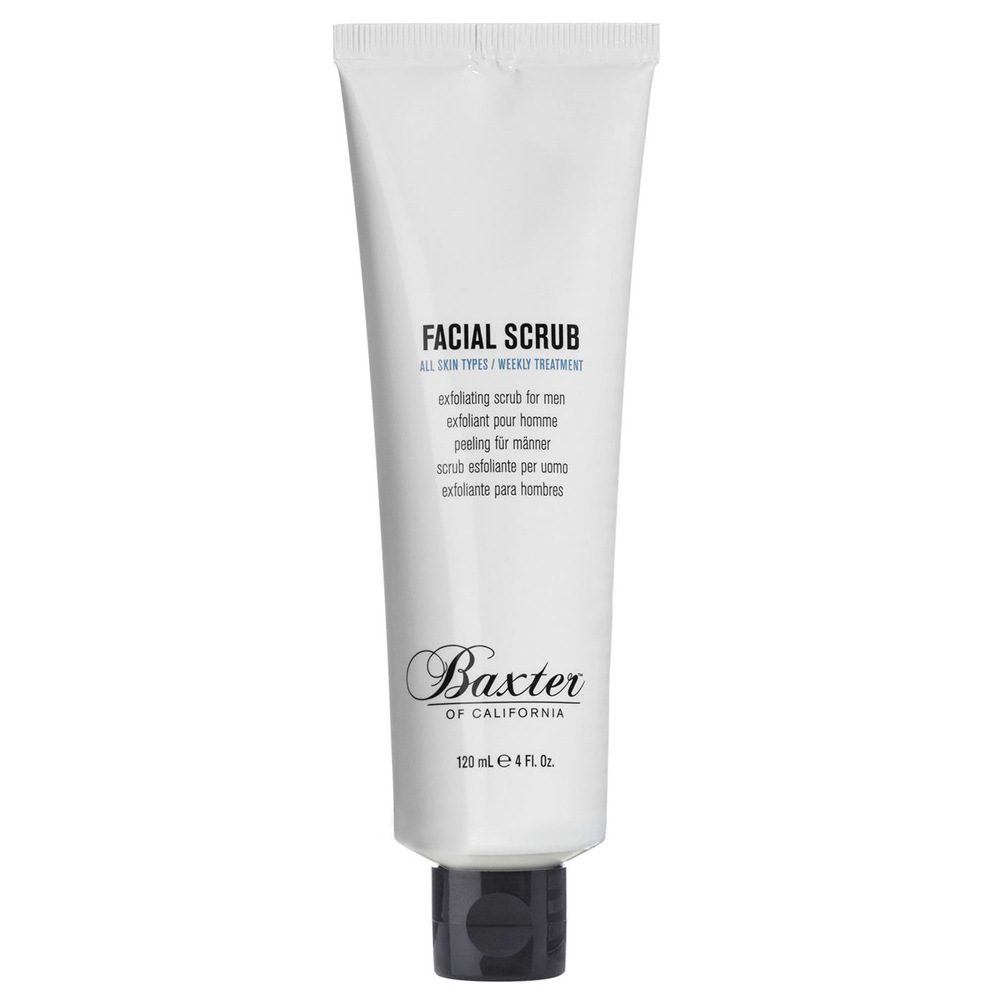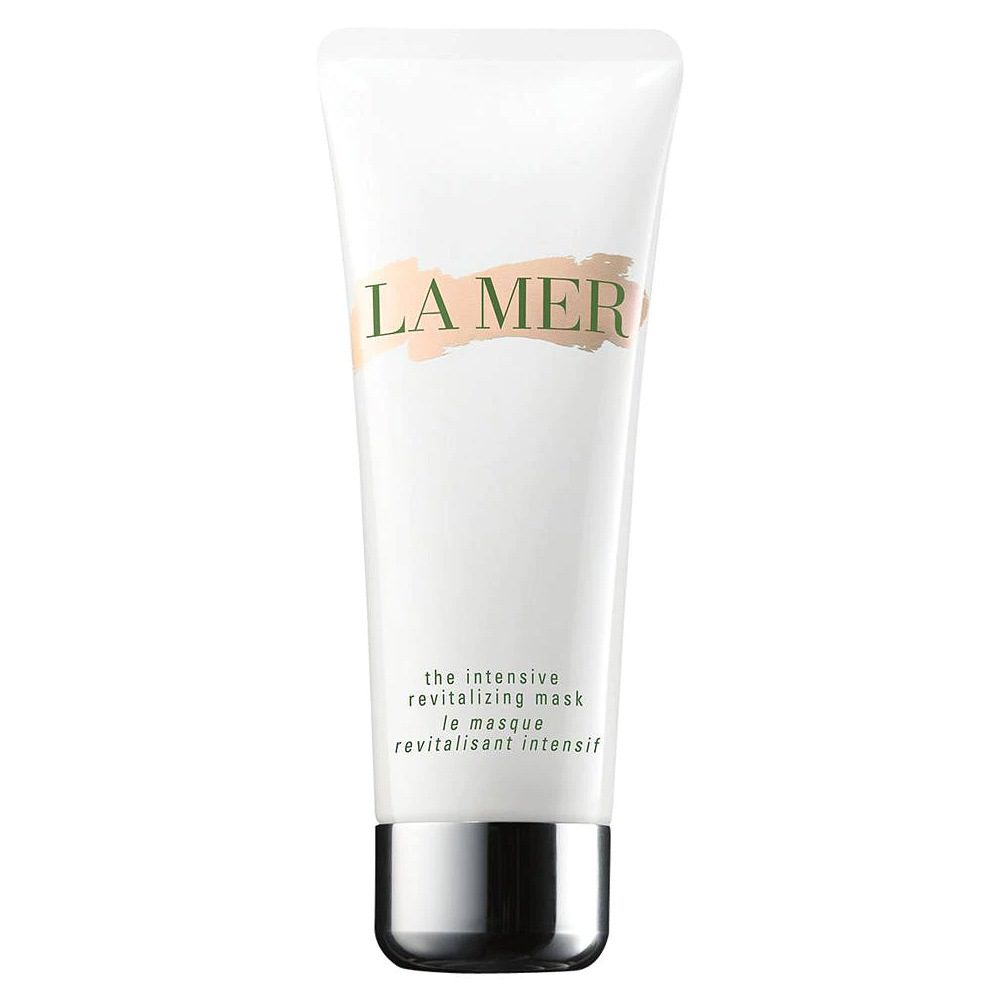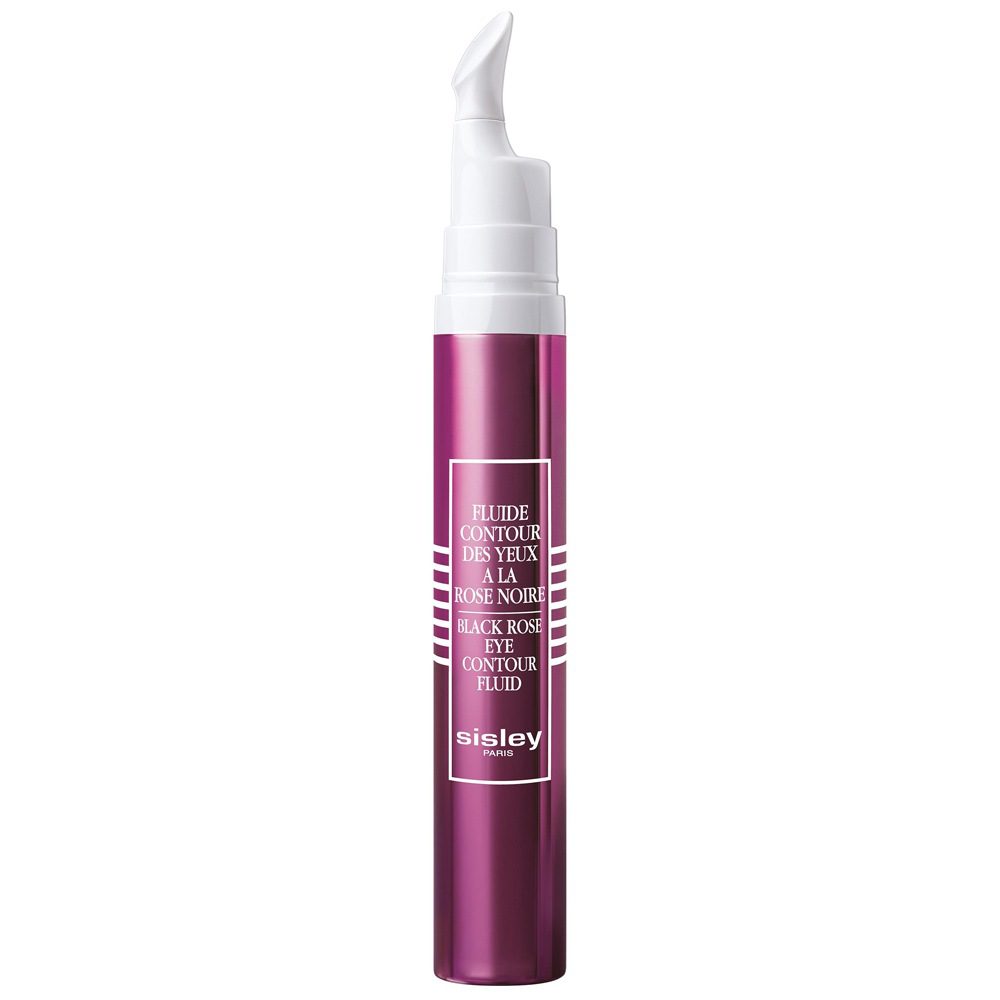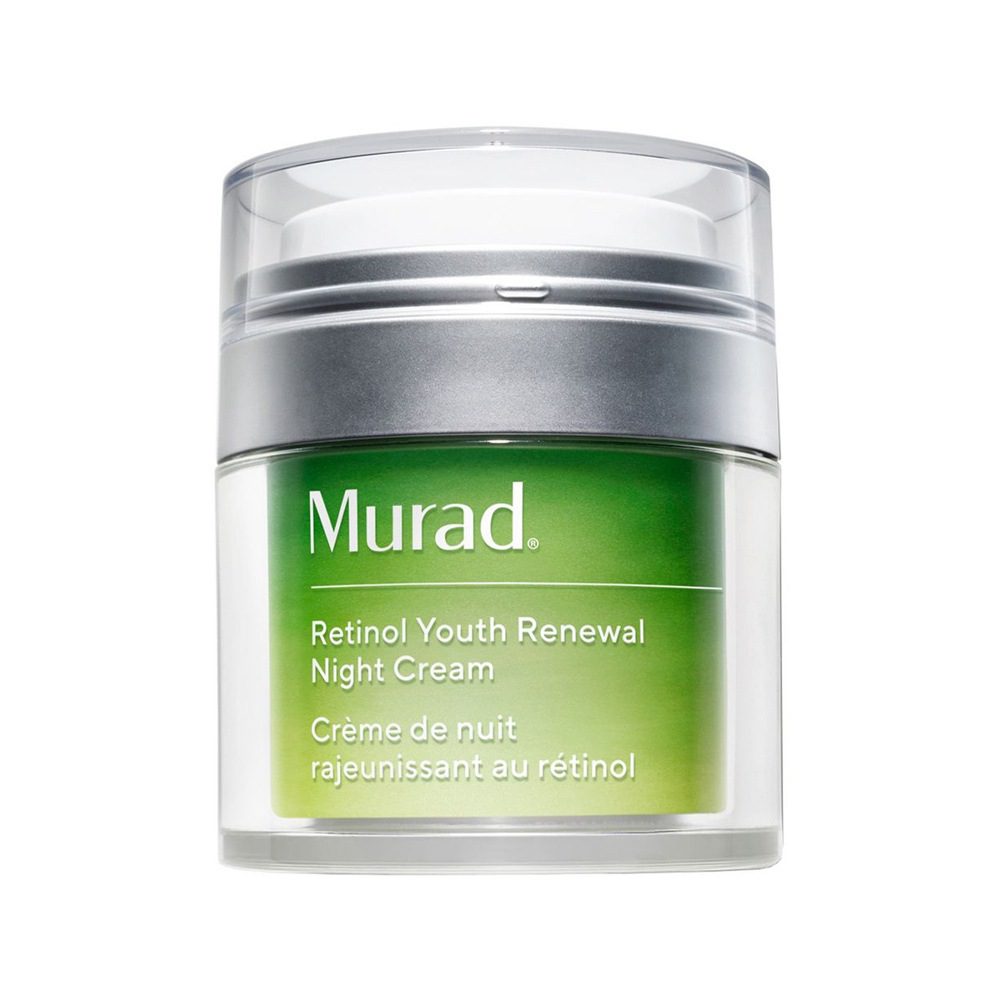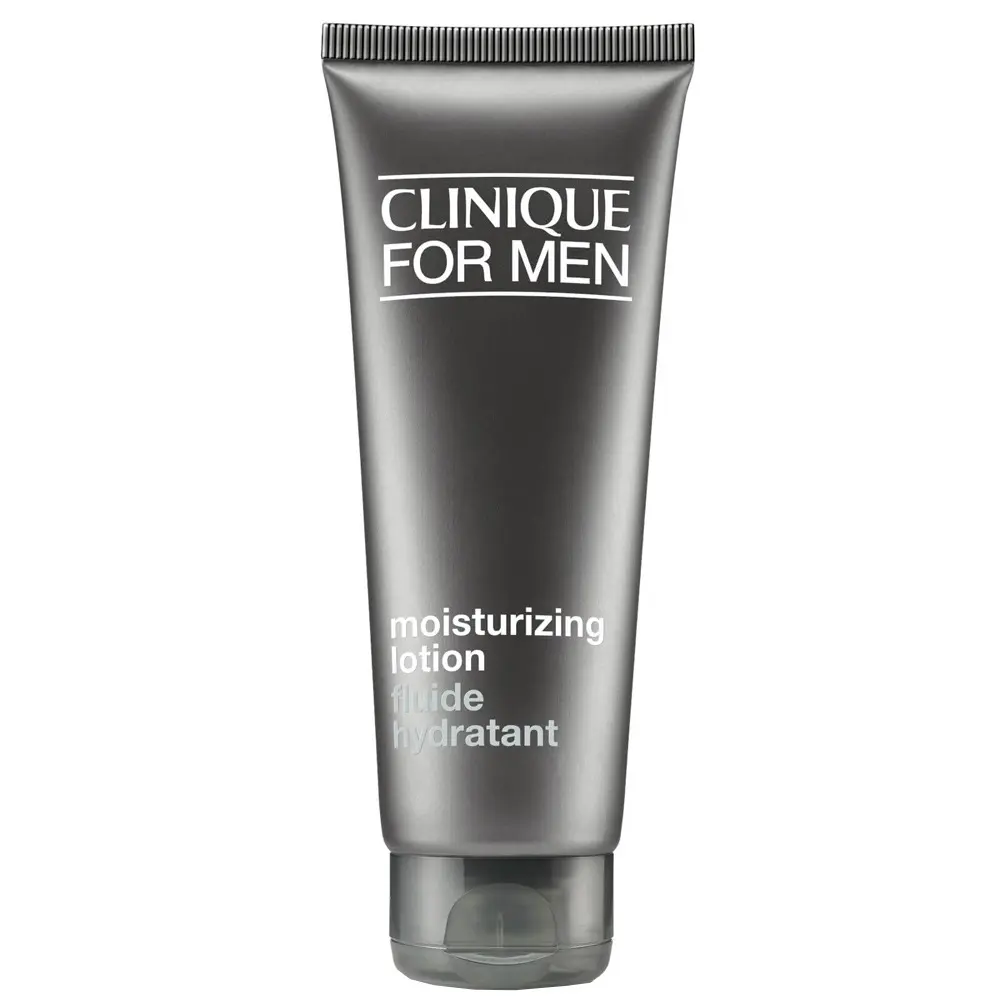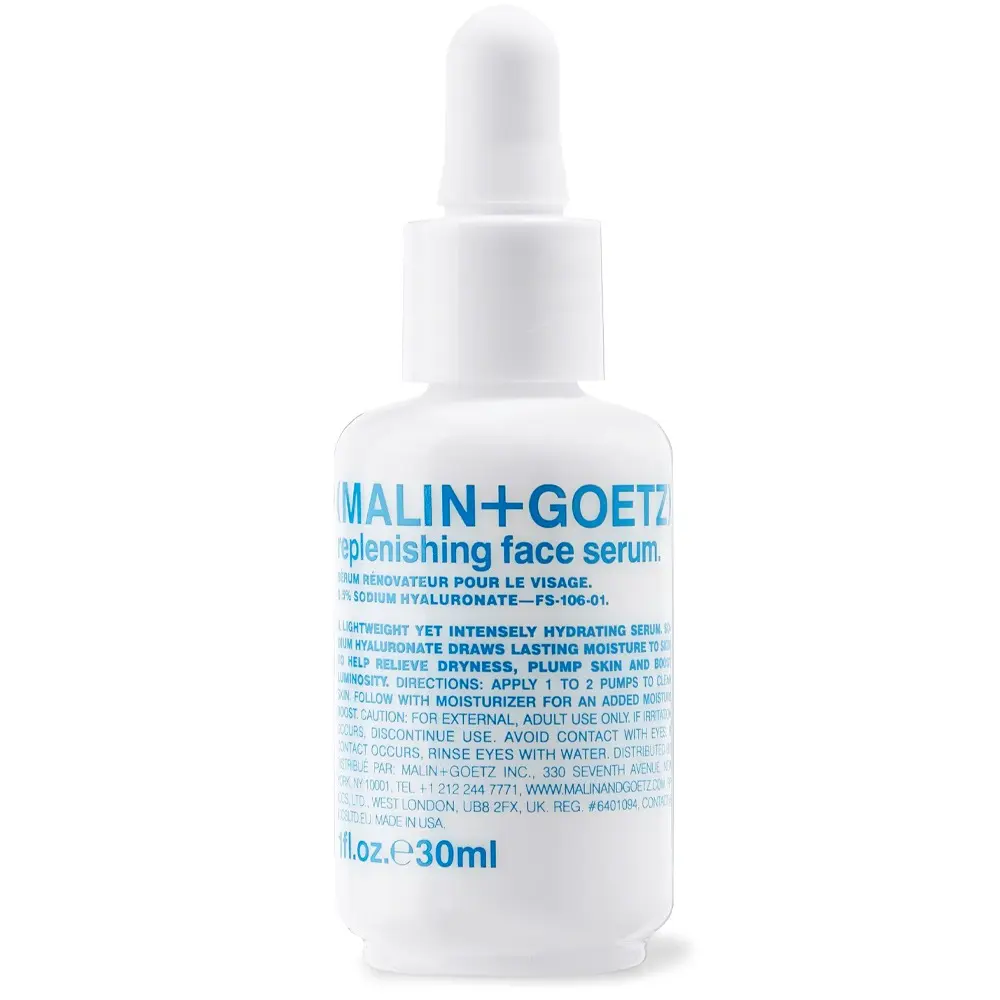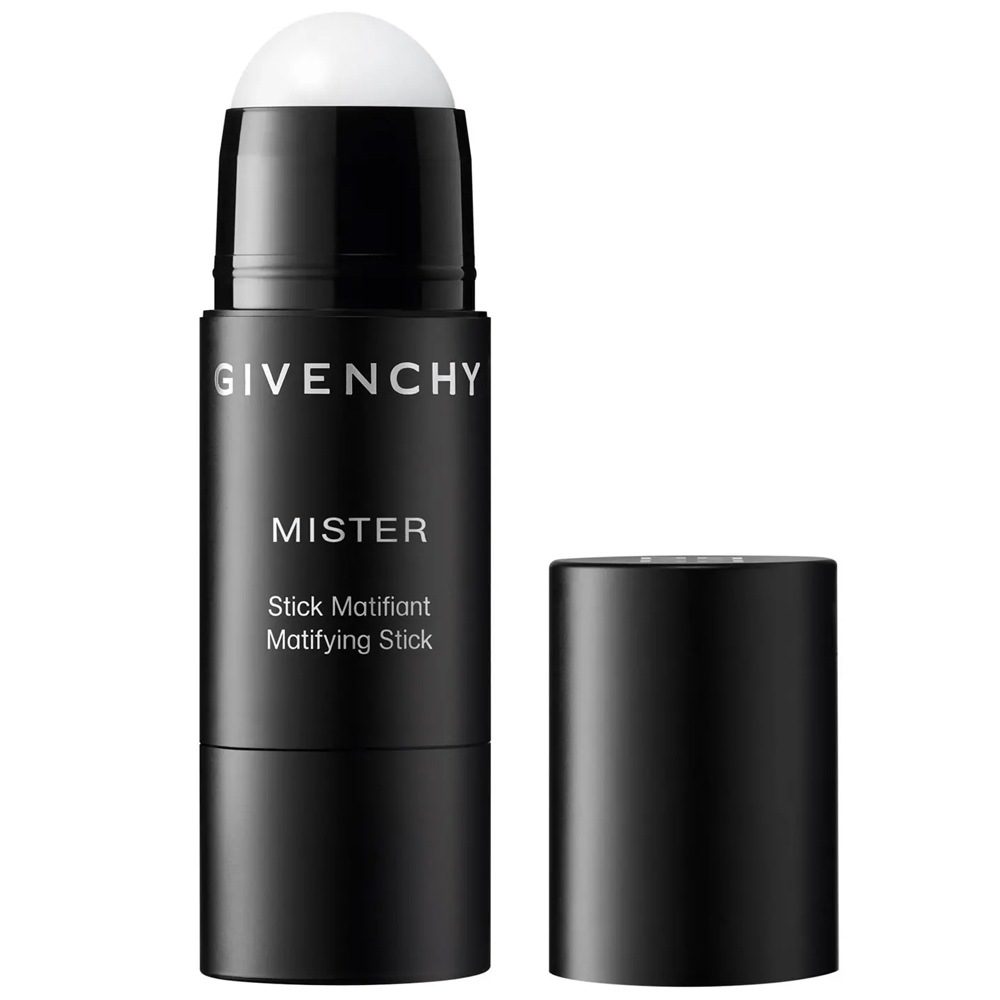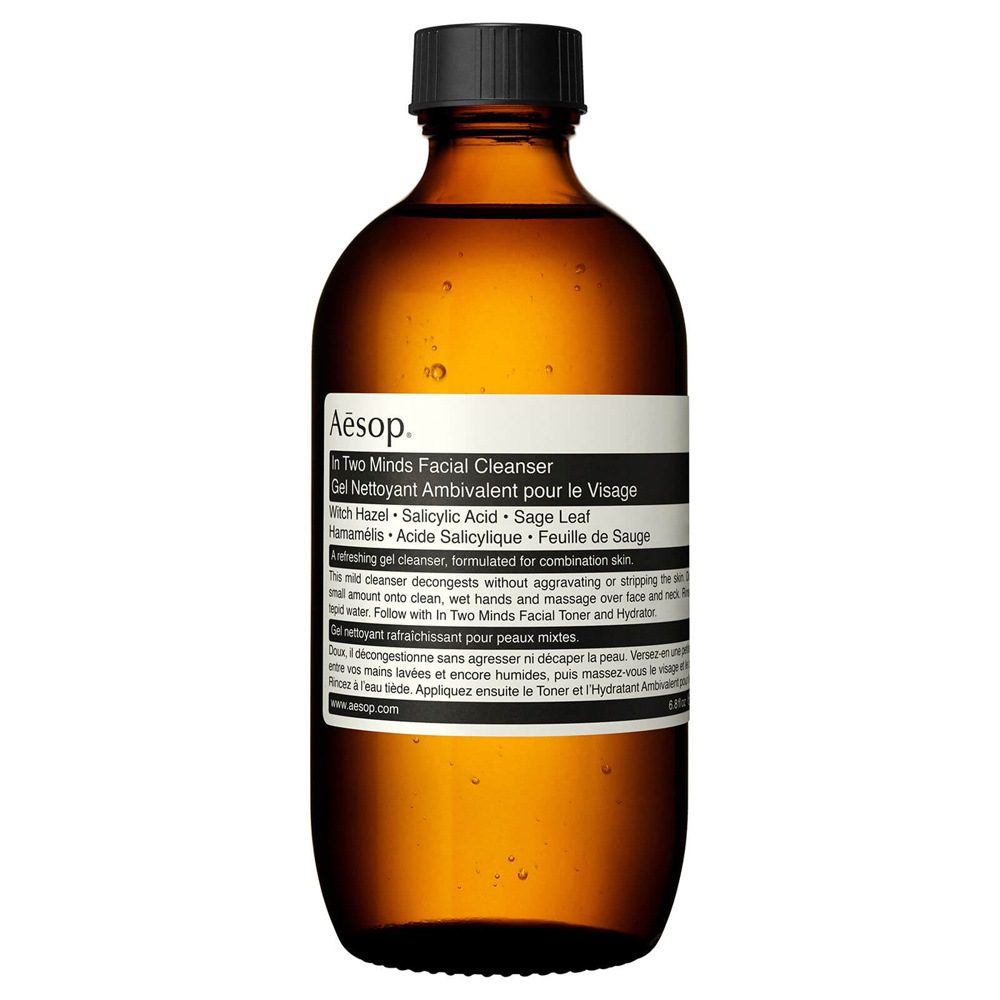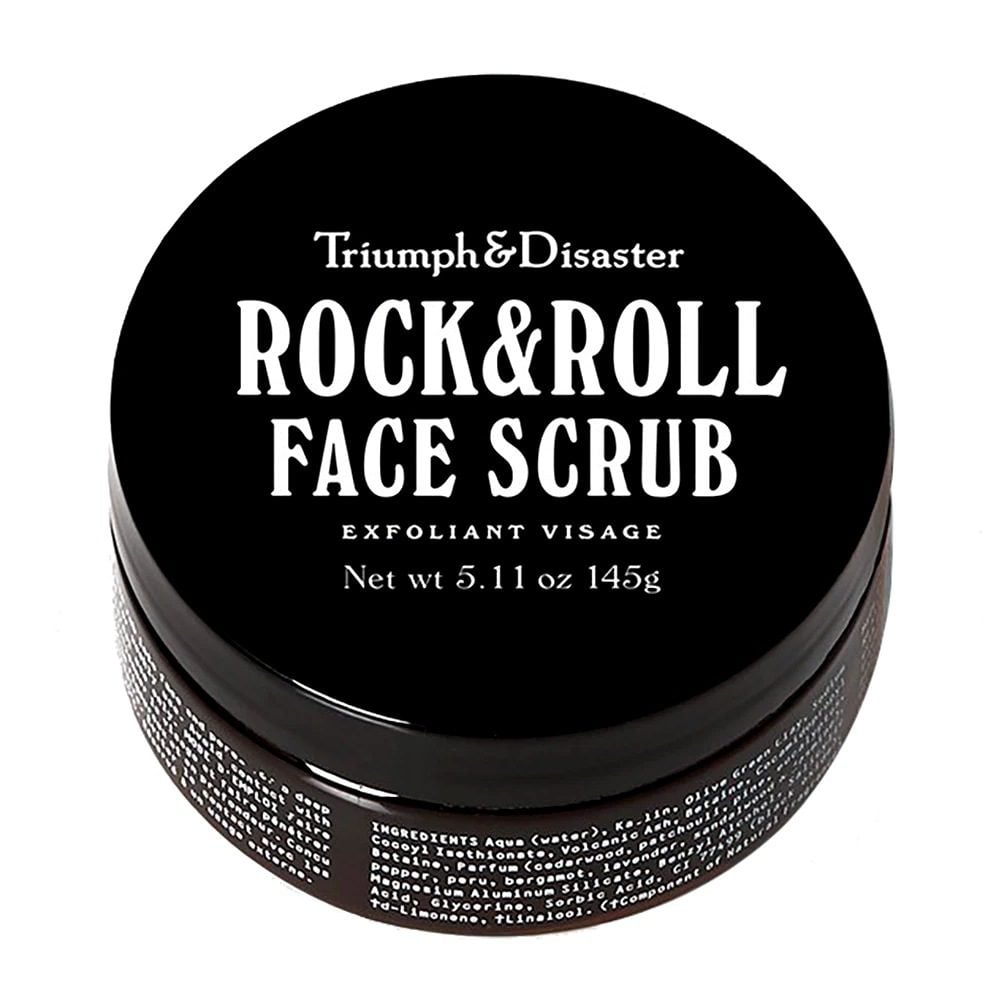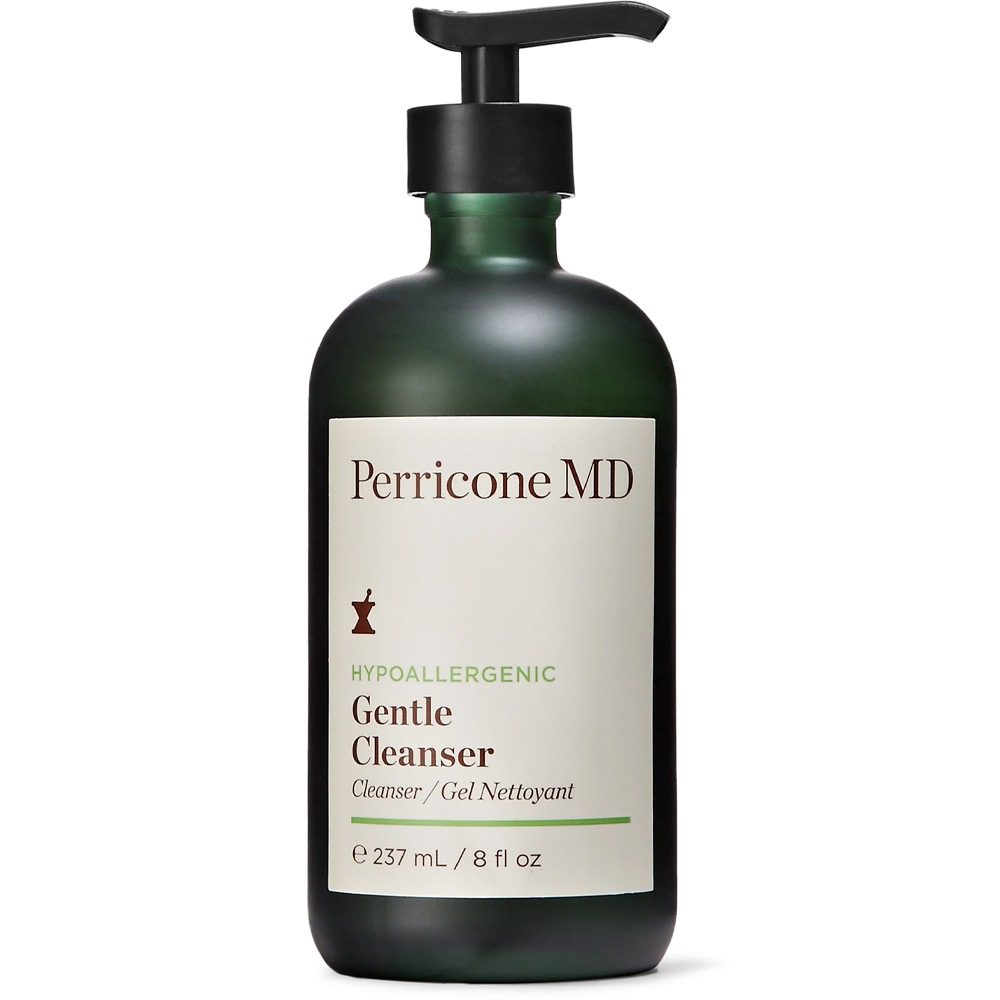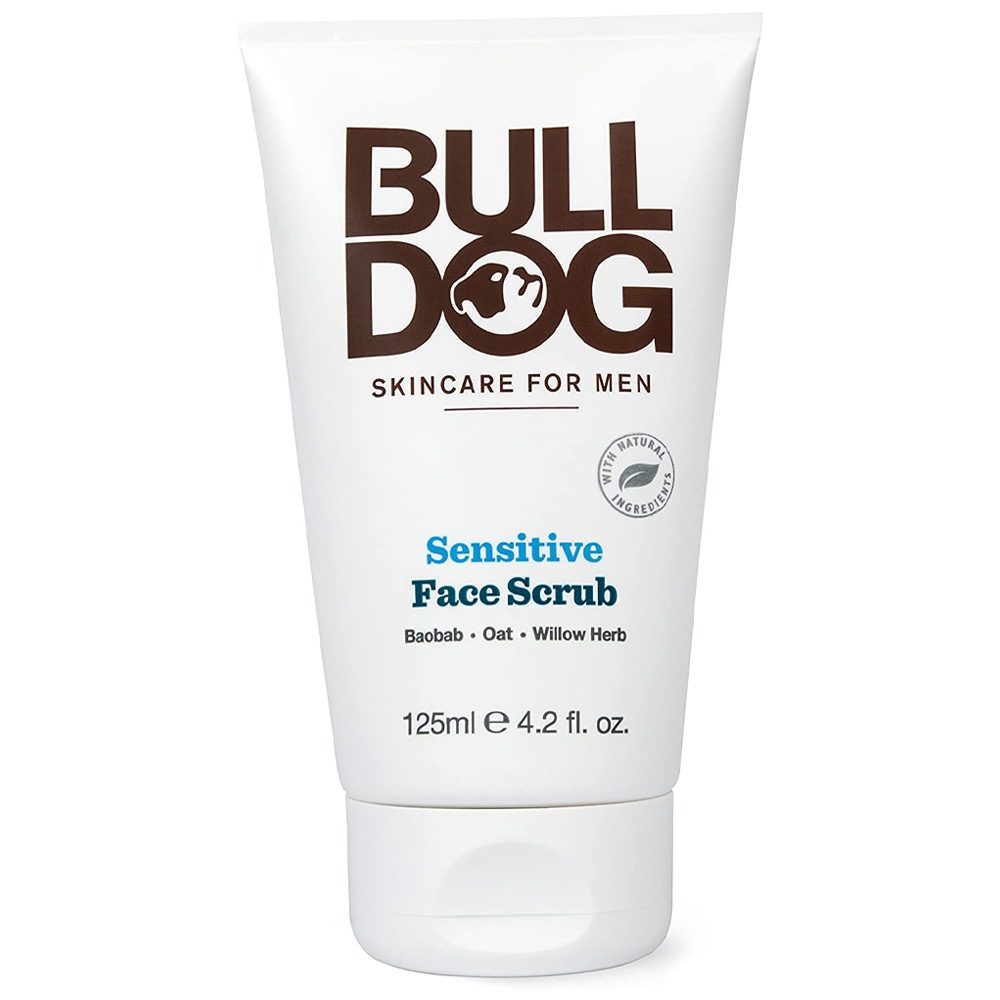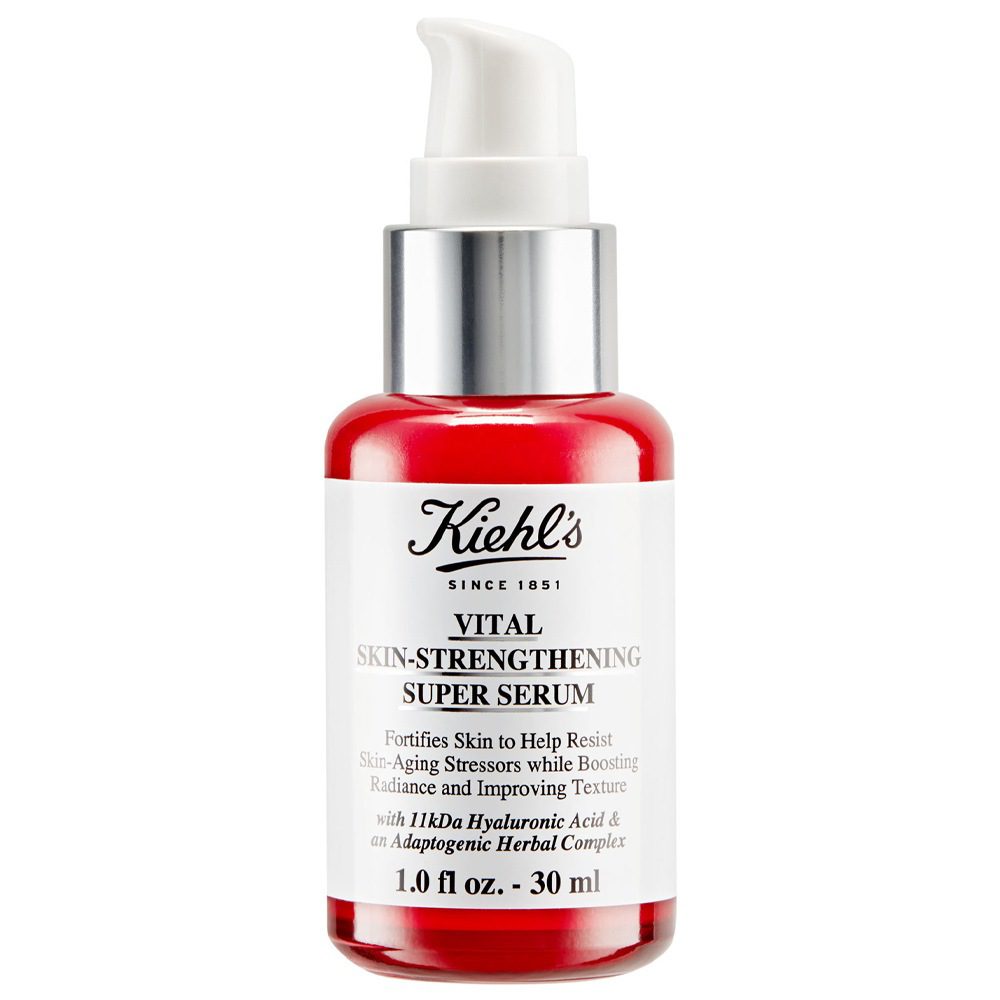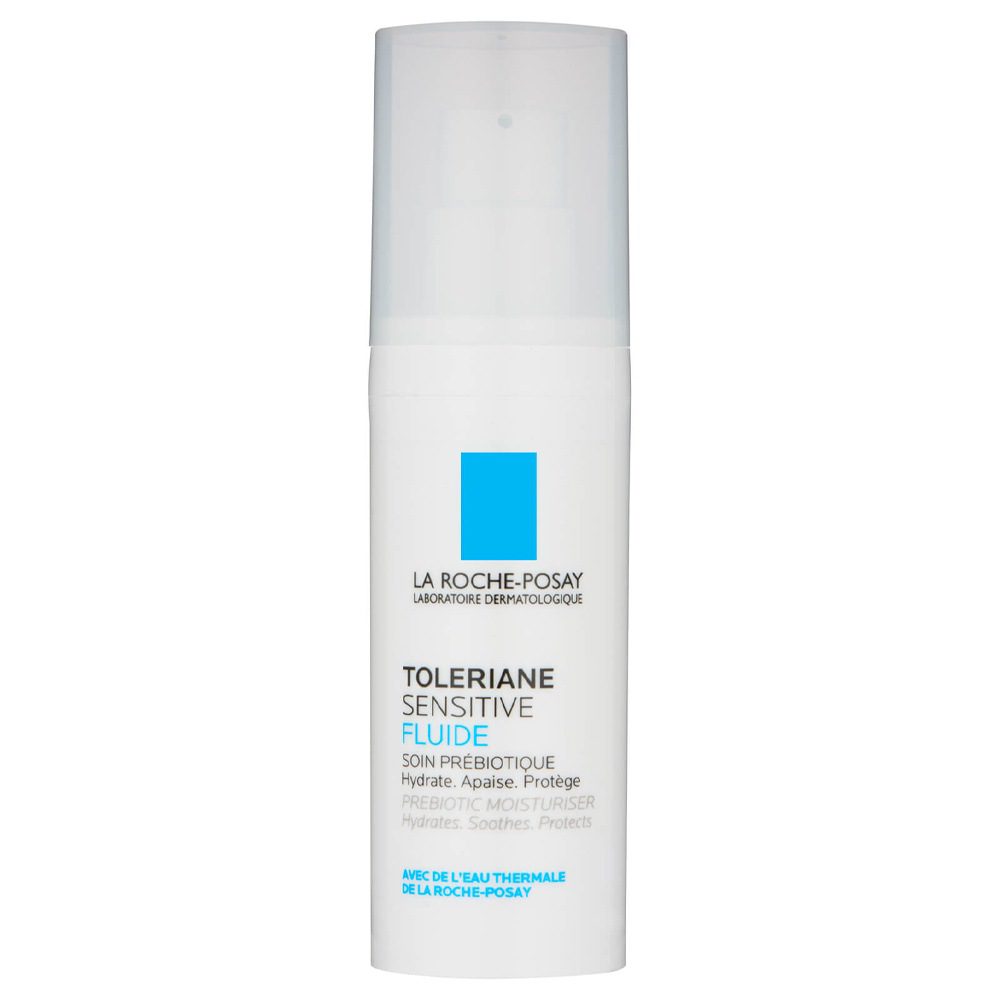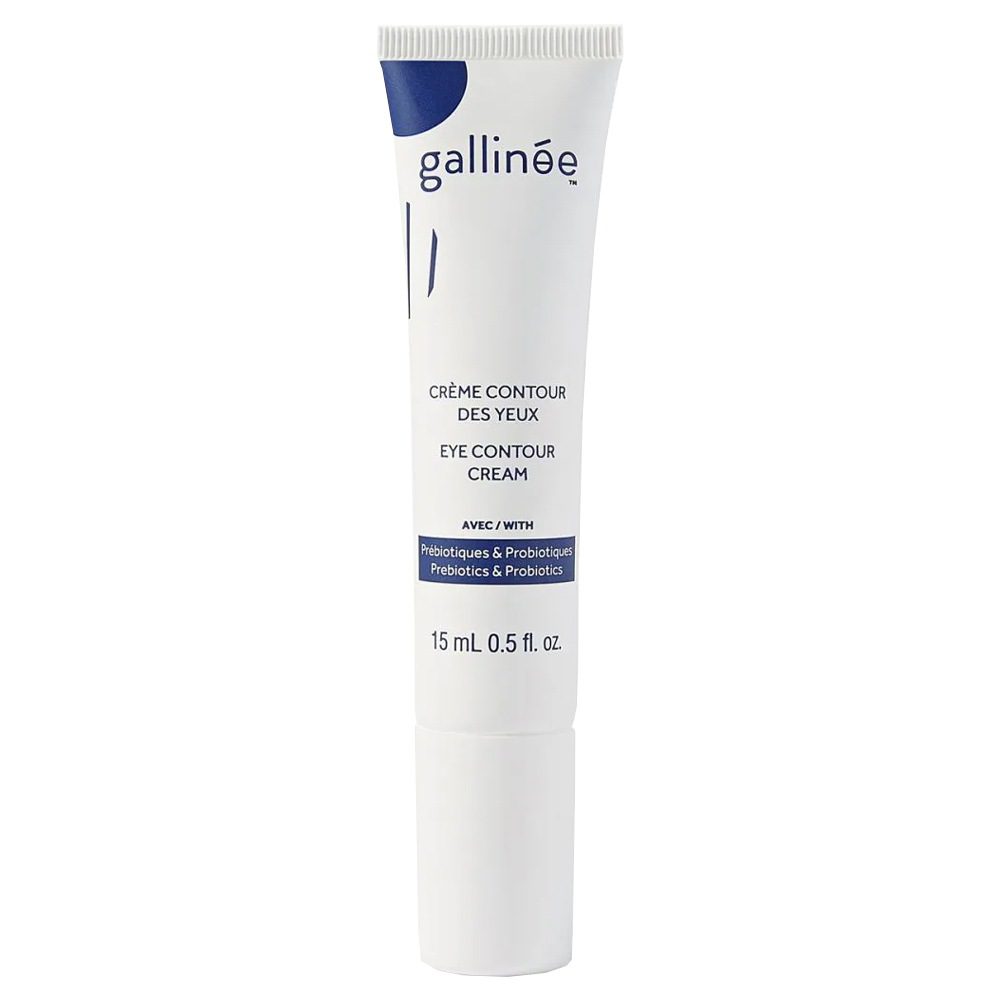How To Identify Your Skin Type And Keep It Looking Its Best
Navigating the world of skin care can feel a bit like dating: you might have to suffer a few duds before you find a successful partnership. It can also be time-consuming and disappointing when things don’t work out.
We tend to first notice our skin around the onset of puberty. This time is often marked with the start of breakouts – just one of many dermatological curveballs life can throw at our epidermis.
We may be predisposed to a certain skin type – you can thank your genes for the eternally youthful visage as much as that “miracle cream” – but environmental and lifestyle factors play a huge part, along with how we care for our skin. A certain amount of experience – knowing your “type” and what works for you – will certainly help cut down your chances of wasting hard-earned cash on a counter-productive product, but as we age so do the skin’s requirements. So, let’s define the proper tools for the job.
How To Identify Your Skin Type
“A useful tip to help you understand your skin type is to see how the skin feels after you wash the face with a gentle cleanser, particularly around the outside areas of the face where there are less sebaceous glands,” explains Dr Howard Murad, Board Certified Dermatologist and Founder of Murad Skincare.
“You have normal skin if when you cleanse it, it feels dry for a couple of minutes afterwards, but within 15-20 minutes it feels normal again. An oily skin type, even once you have cleansed the skin, will still feel oily. If you have dry skin, it will still feel dry after cleansing for a prolonged period of time.
“You will also notice how the skin looks. So, for example, enlarged pores on the nose and cheeks can be signs of a combination skin; blackheads, enlarged pores and pimples are clear signs of an oiler skin type; while flaky areas are a sign of dryness.”
Dr Murad continues, noting that, “the skin changes over time, and this can be triggered by stress, hormones, lack of sleep or sometimes a change in diet amongst other things. Changes could include a difference in texture, the appearance of fine lines and wrinkles, blemishes, a change in tone or pigmentation.” Pigmentation can be caused by hormones, scarring, sun exposure and historic sun burn. Vitamin C-based products offer some of the more effective lightening treatments.
The facial skin is an ever-changing landscape so it’s always worth reviewing your current skin care regime and checking if you’re using the most effective products. Even the present quarantine situation of sheltering-in-place might be having a knock on effect on your skin: “Continuously being indoors in a warm, dry environment can cause the skin to become dehydrated,” says Dr Murad.
To counteract this, he recommends that everyone exfoliate “once or twice a week to increase cell renewal and remove dead skin cells, which can build-up and result in excess oil and clogged pores leading to breakouts. A good exfoliator will polish away dullness leaving your complexion looking radiant and smooth.”
The Major Skin Types

Horace
Genes play the biggest part in determining our skin type. After that, lifestyle and environment have the most impact. It’s easier to change our diet than to magically turn down our stress levels. Limiting the obvious ills of smoking, alcohol and processed, fatty or sugary foods will bring the most benefits to your skin and overall health.
The changing seasons will dictate whether you need to increase or reduce hydration level and increase sun protection – as will a sudden change in climates, such as going on holiday.
Let’s breakdown the four main skin types and look at the best way to manage the different conditions using products from the world’s best skincare brands.
Quick Jump: Oily Skin | Dry Skin | Normal/Combination Skin | Sensitive
Oily Skin
Oily complexions tend to look shiny, feature enlarged pores and suffer from blackheads, breakouts and redness from tender bumps. Uneven tone is also possible from hyperpigmentation or marks left from acne scarring. “Men tend to be more oily; they have a thicker, denser network of collagen and elastin and although their sebaceous glands are smaller, they produce more oil which can lead to ingrown hairs,” explains Dr Murad. On the upside, this skin type is less prone to the signs of ageing, such as wrinkles and fine lines.
The Prescription
“Oily skin is more prone to breakouts and can be triggered by stress, lack of sleep or sometimes a change in diet. Don’t try to pick or pop pimples as this can lead to a secondary infection which will take a much longer time to resolve and may lead to scarring,” advises Dr Murad.
“Regular exfoliation will benefit oily skin, helping to keep pores clear from excess sebum and oil. Look for a treatment that contains salicylic acid to help exfoliate pores or retinol to help regulate cell turnover. Even if you have oily skin you can experience dry patches so you should still hydrate to treat these.”
Balancing oily complexions is key; harsh products can strip the skin, causing excess sebum production which can create further breakouts.
What To Use
Non-comedogenic (non pore-clogging) products, light creams with water/gel based textures, foaming cleansers, mattifying AHA (salicyclic acid)-based products, charcoal- or clay-based masks, and spot treatments. Retinol-based night creams and pre/probiotic skin care to help boost the good bacteria.
Dry Skin
Dry skin can present rough, flaky and red areas. Dehydrated skin can show as fine lines and appear dull. Both can give feelings of discomfort or tightness, especially after cleansing, bathing or swimming. Dry skin might also be prone to itchy conditions such as eczema, psoriasis or dermatitis. This skin type is more prone to the signs of ageing due to a lack of natural oils.
The Prescription
“People with dry skin should be more conscious of getting extra nourishment in their night skincare regime as a lighter texture suits this skin type during the day. Get your added hydration and nourishment at night-time from your thicker formulas.
“It’s important to note dryness is a lack of oil in the skin whereas dehydration is lack of moisture,” says Dr Murad. “Exfoliation is important for dry skins to help shed the build-up of dead skin cells. However, we should remember: the more we exfoliate, the more we should hydrate.”
What To Use
Extra hydration is your best friend. Your skin can probably handle rich texture moisturisers and heavier creams. Oily or milky cleansers should be your go-to, along with cleansing balms. Avoid anything that foams heavily (contains SLS) as this will strip the skin of the natural oils.
Your grooming regime should also include a weekly mask and exfoliator, a night eye cream (to stop the area looking crepe-y) and a daily SPF.
Over 30? Consider anti-ageing products containing retinol. It’s a good idea to load the hydration up before bed, as the skin is in recovery mode during sleep. Pre/Probiotic products can help support the good bacteria.
Normal / Combination Skin
With this common skin type you might experience an oily T-Zone (forehead, nose and chin) while your cheeks err slightly on the drier side and you may experience occasional blemishes.
The Prescription
“Opt for a regular, simple routine of refreshing, deeply cleansing products, and a mask, for fresher, cleaner skin,” says Dr Murad.
“Your T-Zone skin is oilier and more prone to blackheads, which is where a weekly mask will help draw out impurities and reduce shine. The key to balancing your skin is through the use of products targeted at combination skin. Because your skin is experiencing symptoms of both oily and dry skin simultaneously, it’s important to use treatments that will control oil while still hydrate and balance moisture.”
What To Use
Look for balancing products that aren’t too harsh or too heavy. Pre/probiotic products can help keep troublesome bacteria in check.
Have some tricks up your sleeve to manage occasionally congested areas, such as targeted spot treatments and a mattifying moisturiser to control the shine on your T-Zone.
Sensitive Skin
Those with sensitive complexions typically have thinner skin so it’s important to minimise the damage to the barrier function of the skin. Some sensitivity can be due to an underlying medical condition such as rosacea and eczema. Sensitive skin may be easily triggered by the wrong products – perfumed, allergenic – and it may be prone to redness and flare-ups.
The Prescription
“When washing your face use warm instead of hot water and a mild cleanser. Avoid products that can over-exfoliate or irritate the skin. Our modern lifestyles mean we are surrounded by skin aggressors daily: car exhaust, smoke, pollution, free radicals, sun exposure and even our devices such as mobile phones.
“Sensitive skin can easily be triggered by stress, medication, environment, hormones and overstimulating the skin, and this can be worsened with inappropriate skincare,” says Dr Murad.
What To Use
Look for soothing and hydrating ingredients in formulas such as hyaluronic acid, chamomile, arnica, and niacinamide (a great anti-inflammatory and hydrating vitamin). Once skin has settled then build the strength of the barrier using gentle formulations. Prioritise fragrance-free, gentle skin care (no petroleum derivatives or harsh ingredients).
You might have previously identified a specific ingredient that irritates your skin – essential oils, for example, can trigger reactions – and therefore need to avoid. Daily SPF will protect skin from ageing and burning.

